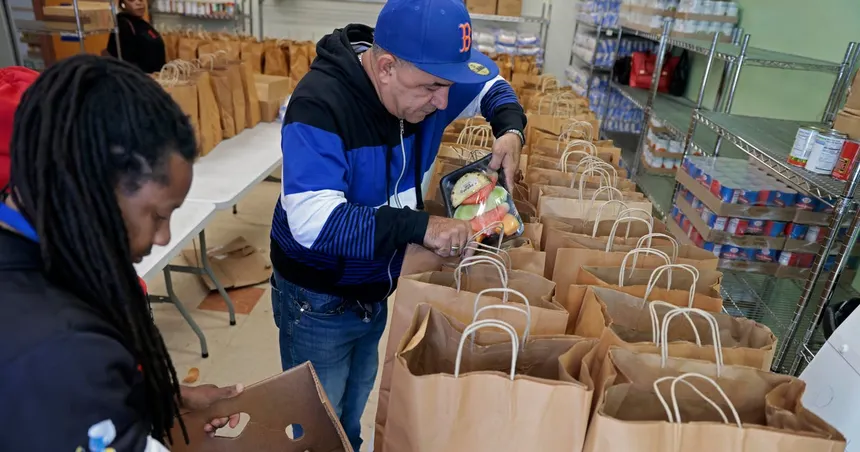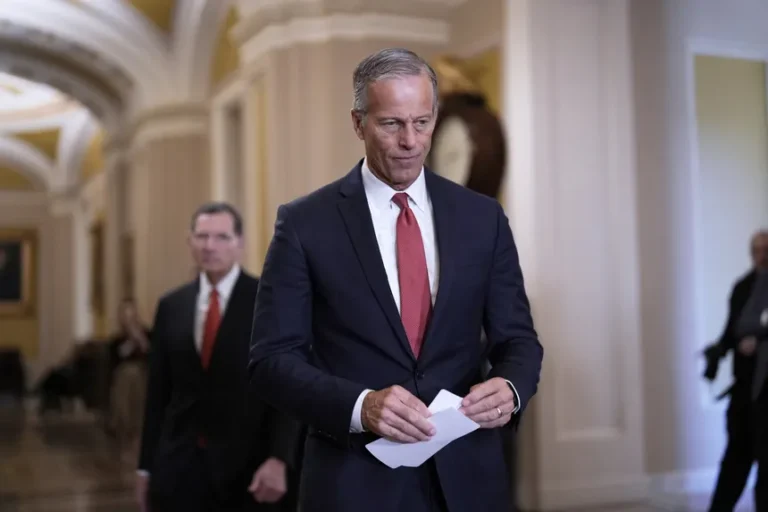
Partial SNAP Payments Approved as Shutdown Enters Day 34
Washington, D.C. — The U.S. Department of Agriculture (USDA) announced plans to issue reduced Supplemental Nutrition Assistance Program (SNAP) benefits for November, utilizing the agency’s contingency fund as the government shutdown continues.
According to a court filing, the USDA intends to fully exhaust the $4.6 billion contingency reserve, which will allow states to provide approximately 50% of normal food stamp benefits to eligible households.
More than 42 million Americans, or roughly 1 in 8, rely on SNAP for food assistance.
Court Orders Prompt Action From Administration
The decision follows judicial orders from two federal courts:
- Rhode Island: Judge John McConnell mandated the administration to activate the contingency fund and provide an update by Monday.
- Massachusetts: A separate ruling from a multi-state lawsuit, including 24 states and the District of Columbia, reached the same conclusion, requiring the administration to distribute available funds.
Judges rejected the federal government’s argument that the contingency fund could not be accessed due to the lapse in regular appropriations, stating that Congress had already approved the use of the reserve in such cases.
Administrative Challenges Expected at State Level
Patrick Penn, a USDA official overseeing SNAP, stated in his declaration that reduced benefits would begin shortly but warned of potential delays and errors due to the complexity of modifying state-level eligibility systems.
“System changes will take anywhere from a few weeks to several months in some states,” Penn wrote.
Despite the order, some recipients may experience delays in receiving aid, as states adjust their systems to process the lower payments.
Legal Advocacy Group Criticizes Delay
The group Democracy Forward, which represents municipalities and nonprofits in the Rhode Island case, responded by saying the administration should have acted sooner.
“It shouldn’t take a court order to provide essential nutrition,” said Skye Perryman, the group’s president.
SNAP Reserve Covers Only Half of Need
While the USDA will deploy the full $4.6 billion reserve, the department estimates it needs around $9 billion to fully fund November’s benefits.
Judge McConnell also emphasized that the administration should work to find additional funding to cover the full allotments.
The court clarified that while partial payments were acceptable, they must not be delayed beyond Wednesday.
Shutdown Impact Expands Nationwide
The USDA had previously warned that if Congress failed to act, SNAP payments would cease on November 1. The agency initially claimed the reserve funds were not meant to cover regular benefits, citing their purpose for disaster relief and administrative support.
That stance triggered lawsuits from multiple states and regions, including:
- Rhode Island
- Massachusetts
- District of Columbia
- Numerous municipalities across the U.S.
- Charities and food banks in cities like Chicago, Baltimore, and New York City
States and local organizations have been scrambling to fill the gap while waiting for federal funds to resume. Some charities have begun food drives and direct outreach to vulnerable families.
Shutdown Poised to Break Records
As of Monday, the shutdown entered its 34th day, edging toward becoming the longest federal shutdown in U.S. history if no resolution is reached by Tuesday.
Lawmakers remain at a stalemate over funding measures, with prior stopgap efforts failing to secure bipartisan support.
Related Coverage
- Idaho News – https://idahonews.co/idaho-news-3/
- National News – https://idahonews.co/national-news/





